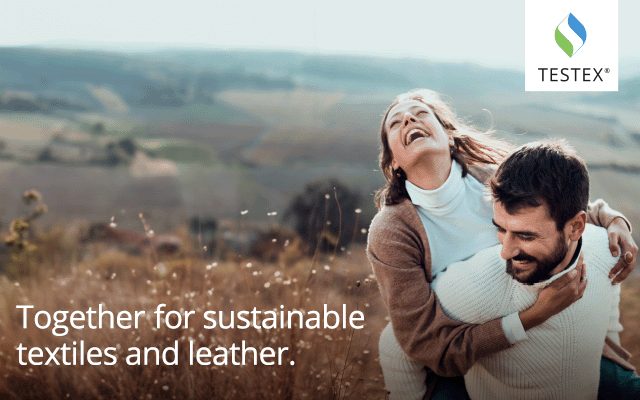The name, "moccasin" goes back to the early 1600sand came from a Virginia Algonquian Native American language. Moccasins areshoes that are made from soft leather; often deer hide and were the first shoesfor Native Americans, traders, and settlers. Moccasins very soft and are also alot quieter then most of the shoes out there today and they also have goodtraction so you won't slip.
When the shoe was first made the different tribes would paint on the shoesdepending on what they did. The most common things to put on them were shellsand beads. A lot of tribes liked to wear these shoes. A tribe who wore theseshoes could often be known by the coloration on the footwear. All the Indiansof different tribes across North America liked different types of shoes, someliked thin others liked long and pointy and many liked to decorate theirmoccasins with bright beads.
The appearance of the shoe was different from tribe to tribe. For instance alot of tribes had certain types of moccasins that they would wear on occasions.Shoes worn for hunting were just very simple just a piece of leather across thetop of the foot and around the heel.
The shoes fall into two different categories either hard sole soft sole.
Hard-sole were generally made up of three or four pieces ofleather skin to make a nice shoe. Hard-soled moccasins were very protectiveover ones feet as they would normally be walking over rough terrain. The Apachetribe only had a two piece shoe. The soft-soled variety was made from just onepiece of leather. The shoe was made just to cover the foot easily. Soft-soledmoccasins were popular with the Plains tribes as well as the tribes of the Pacific Northwest.
The soft-soled shoes that came from the northwest were still a single piece ofleather also and just wrapped around the foot and were sewed to meet the foot.There were a lot of different kinds of shoes but only a few really worked. Alot of the northern tribes covered the foot so nothing cut penetrate it. It wasonly other eastern tribes that made the vamp a little bit smaller than whatother tribes wore.
The way the shoe stands out more than others is the way that it was made. Theseshoes were made inside out and were made without a permanent form. The bottomseams were turned in toward the foot to prevent them from ripping. The seamsare then trimmed then there a soft pieces of lamb's wool padding that line theshoe. This is thought to be the first true shoe to be worn in North America andeven today moccasins are very popular with everyone due to their extremecomfort.
About the author:
Gregg Hall is an author living with his beautiful wife andfamily in Navarre Beach, Florida. Find more about footwear as well as
To read more articles on
To promote your company, product and services via promotional article, followthis link:









Comments